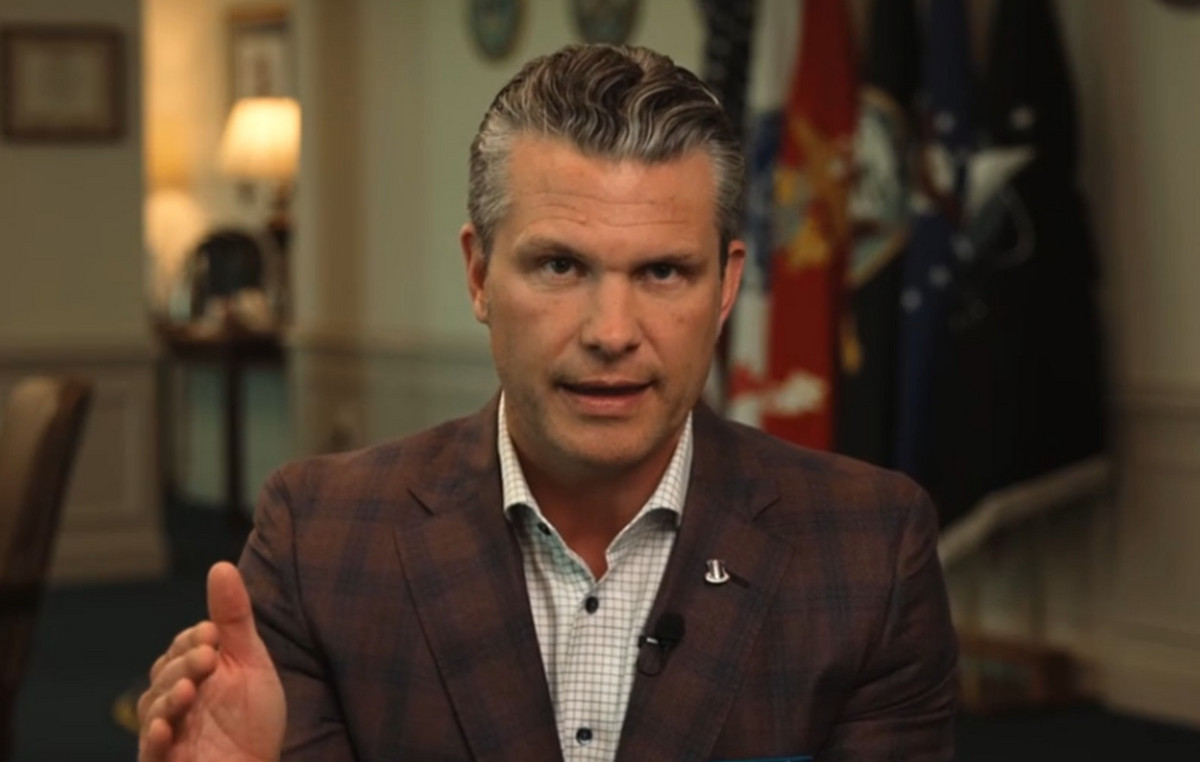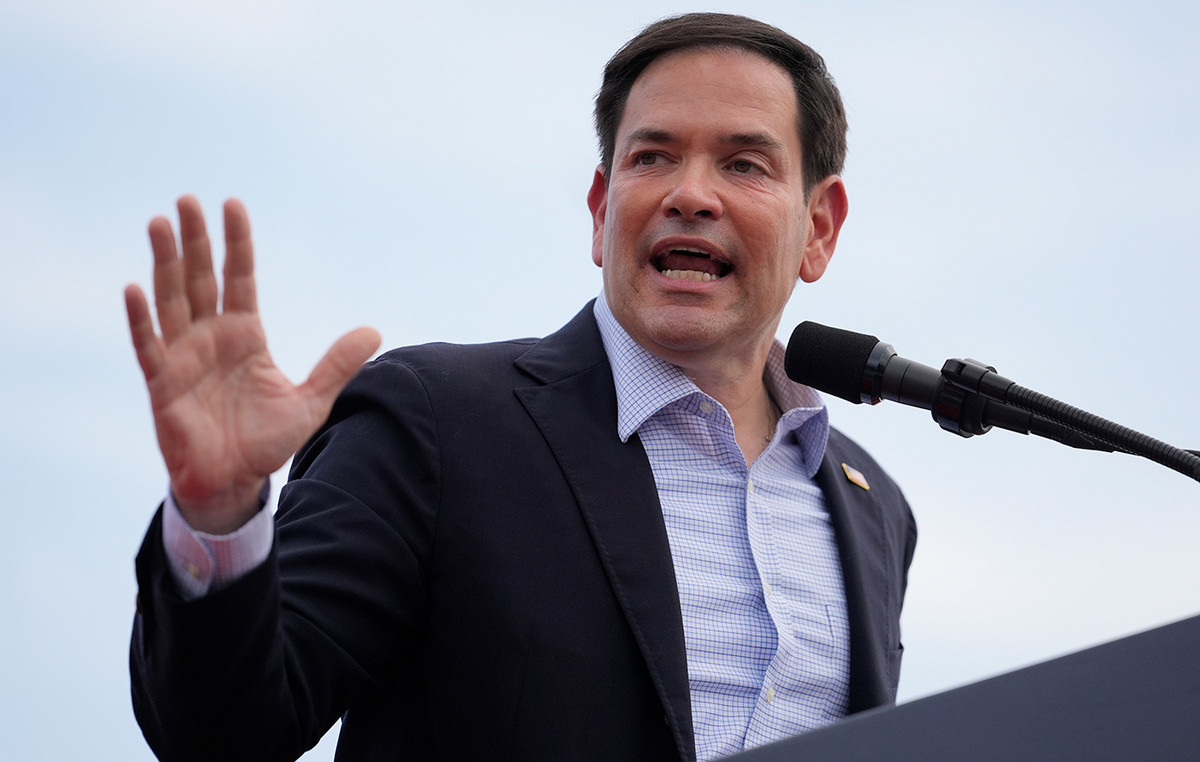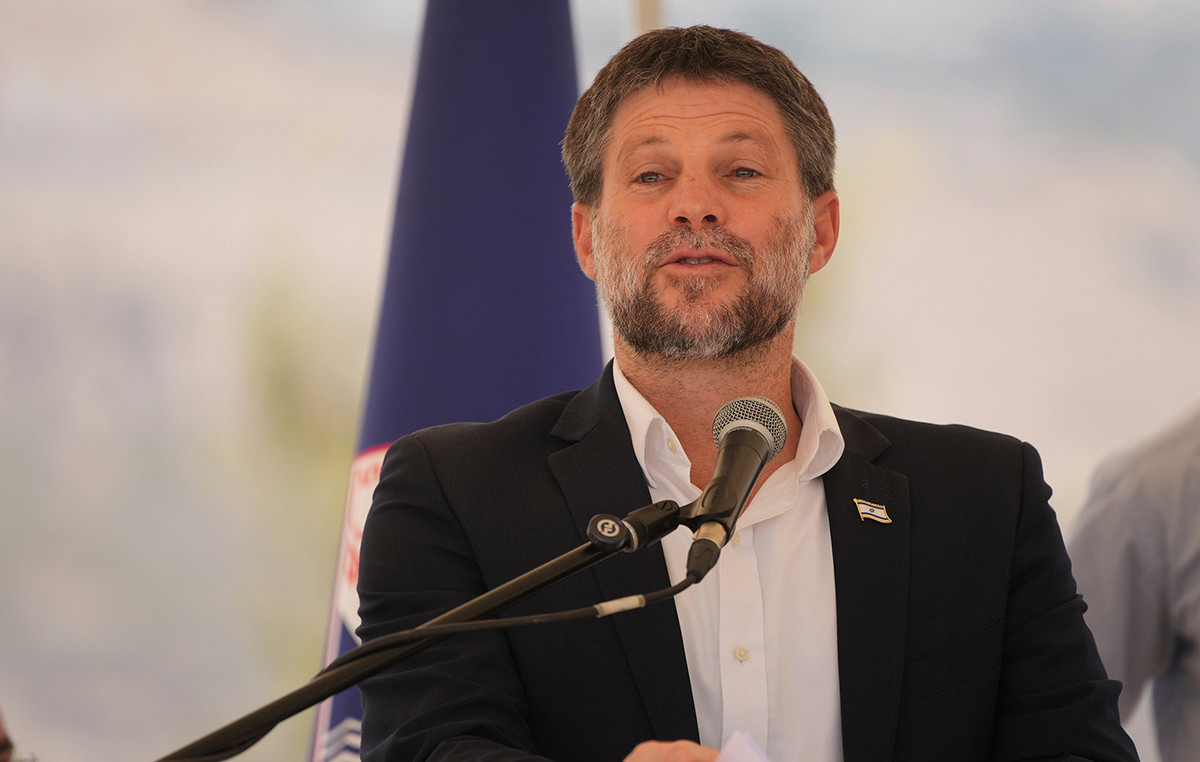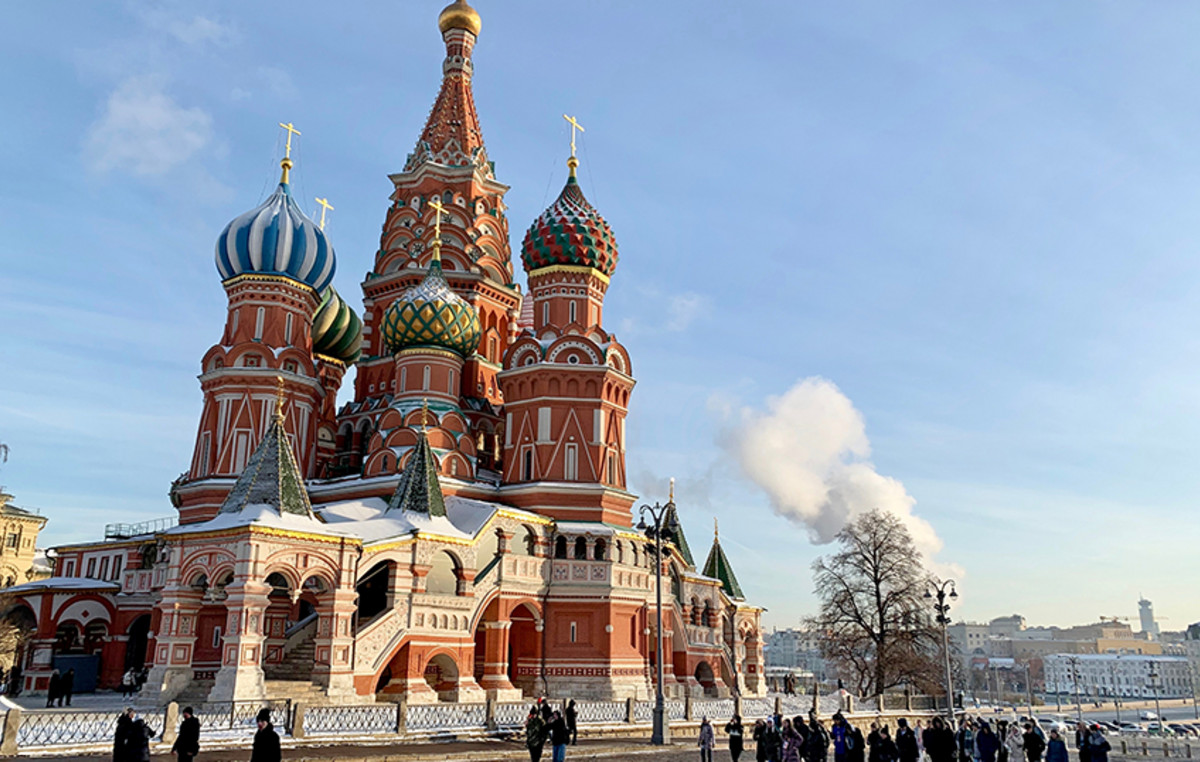Colonization, bloodshed, war crimes, occupation, controversial military bases. These are all interconnected issues in the collective history of the United States, Japan, and the Philippines.
But when the leaders of the three countries meet at the White House on Thursday, a key topic will be a much more current concern that unites their relationship – a common concern about China.
“The apparent threat from China has really brought these three together,” said James DJ Brown, associate professor of political science at Temple University in Tokyo, ahead of this week's summit between U.S. President Joe Biden, Japanese Prime Minister Fumio Kishida, and Philippine President Ferdinand Marcos Jr.
But it is a possible conflict over Taiwan – the democratically governed island that the Chinese Communist Party sees as part of its territory despite never having controlled it – that dominates strategic thinking.
Chinese leader Xi Jinping has promised to bring Taiwan under Beijing's control and has said he could use force if necessary to do so.
The Taiwan Relations Act obliges Washington to provide weapons for the island's defense, and Biden has repeatedly suggested he would use the U.S. military to defend it in the event of a Chinese invasion (although White House officials have said U.S. policy to leaving this question ambiguous has not changed).
Both the Philippines and Japan are U.S. defense treaty allies, and the U.S. military maintains permanent bases in Japan and has basing rights in the Philippines.
This threat manifests itself in three main areas – Taiwan, the South China Sea and the Japanese-controlled Senkaku Islands in the East China Sea, analysts say.
In the event of a conflict, China could ignore neither, with less than a few hundred kilometers of water separating the Philippines and Japan from Taiwan, analysts say.

“If you are China, you cannot invade Taiwan without first dealing with the Philippines, or without also dealing with the Japanese bases,” said Micah Jeiel Perez, an assistant professor at the University of the Philippines in Diliman.
“Historic meeting”
Both Marcos and Kishida have made clear that peace in Taiwan is essential to its national security. “If there is indeed conflict in that area, it is very difficult to imagine a scenario in which the Philippines would not become involved in some way,” Marcos told Nikkei Asia in an interview last year.
Japanese officials have previously highlighted that 90% of their country's energy needs are imported by water around Taiwan, linking Japan's economic stability to Taipei's autonomy.
These shipping lanes extend all the way to the South China Sea, giving Japan a strong interest in keeping it part of a “free and open Indo-Pacific,” a term coined by former Japanese Prime Minister Shinzo Abe who has become a mantra for the US military presence in the region.
“Japan and other parts of the world actually depend a lot on maritime traffic that passes through the South China Sea,” said Ricardo José, also a professor at the University of the Philippines. “In the case of Japan, it is very strategic. It is a strategic necessity to protect these maritime routes”, said José.
In an interview with CNN on Sunday (7), before the summit, Kishida called the Philippines “an important partner in maintaining a free and open Indo-Pacific region.”
“I believe this historic meeting will be a very valuable opportunity to demonstrate to the world how the three countries can work together for peace and stability in the region,” he said of the upcoming summit in Washington.

Japan and the Philippines have separate territorial disputes with China, in the case of the former the Senkaku Islands in the East China Sea and the latter areas of the South China Sea.
Tensions between the Philippines and China have focused on the Second Thomas Shoal, a sandbar about 200 kilometers off the coast of the Philippine island of Palawan.
In the 1990s, the Philippines beached a former World War II transport ship on the sandbar to help assert its claim to the area. The ship is now basically a rusting wreck and is crewed by Philippine Marines stationed on rotation.
However, China claims the sandbar, which is in the Philippines' exclusive economic zone, as its sovereign territory, as it does with much of the South China Sea, defying an international arbitration ruling.
Recent clashes occurred when Philippine attempts to resupply the ship's forces were met by Chinese Coast Guard vessels firing water cannons at the Philippine resupply boats, resulting in injuries to Philippine sailors and damage to ships.
Marcos promised not to submit to Chinese intimidation, and the US firmly stated that the US-Philippine mutual defense treaty covers Second Thomas Shoal and the Philippine forces involved.
Regarding the Senkakus – called Diaoyus by China – Washington has also repeatedly reiterated that they are covered by the US-Japan mutual defense treaty, as Beijing has maintained a constant presence of its coast guard vessels around Japanese-controlled islands. .

A tense past
Chinese tactics have brought Biden, Kishida and Marcos together in a way few could have imagined, given the complex and often troubled trilateral history involved, analysts say.
The Philippines became a colony of the United States in 1899 after Spain ceded control of its former territory to Washington as part of the resolution of the Spanish-American War.
But Filipino nationalists fought against U.S. control in the Philippine-American War of 1899-1902, during which more than 4,200 U.S. soldiers, 20,000 Filipino soldiers and 200,000 Filipino civilians died, according to State Department archives from the USA.
During World War II, the Philippines, still a U.S. colony, was subjected to a brutal invasion by the forces of Imperial Japan, with an estimated 1 million civilian and military deaths, according to the National World War II Museum in New York. Orleans.
Tens of thousands of Filipino soldiers died during the infamous Bataan Death March and in the prison camps where they were interned at its conclusion. A postwar trial would find the Japanese commander at the Battle of Bataan and the man responsible for the troops who carried out the Death March, General Masaharu Homma, guilty of war crimes. He was executed in 1946.
But analysts say the Second World War history with Japan is forgotten – if not entirely forgiven – in the Philippines. The country has immediate and urgent social, economic and political problems to deal with this effect on the daily lives of its citizens, said Perez, a professor at the University of the Philippines.

So despite any lingering grievances, the “cold calculation of geopolitics” means that keeping Japan and the United States as allies is the Philippines’ best option for territorial sovereignty issues, Perez said.
“Building an alliance is the most practical way to deal with China’s moves” in the South China Sea, he said.
Intertwined alliance
Analysts note how quickly things have changed in the Philippines, even when it comes to access to the US base. Under the presidency of Rodrigo Duterte, Marcos Jr's predecessor, any US military access to the country where it once maintained two of its largest overseas military installations, Clark Air Base and Subic Bay Naval Base, was in doubt.
Duterte viewed relations with China more favorably than with the US and at one point threatened not to renew agreements that would allow the US military to operate on the soil of his former colony.
But Marcos went in the opposite direction, approaching Washington to respond to Chinese attempts to expel the Philippines from territorial claims like Second Thomas Shoal.
Meanwhile, the Biden administration is establishing what Robert Ward, chair on Japan affairs at the International Institute for Strategic Studies, called a “network” of alliances around China, rather than a “command tower” system where Bilateral ties extend to a number of foreign capitals, with Washington at the center.

Like the US-Japan-Philippines trilateral relationship in focus this week, the US, Japan and South Korea have also increased defense cooperation; key US ally Australia has established new defense ties with Japan, India and the Philippines; the Philippines is importing military equipment from India; Japan is strengthening security ties with Vietnam.
A truss was on display Sunday as warships and planes from the US, Japan and the Philippines joined forces from Australia for their first Multilateral Maritime Cooperative Activity in the South China Sea.
Analysts say that with the intertwined alliance approach, the hope of the Biden administration, as well as like-minded leaders in the Pacific, is that it has the stability to withstand potential changes in leadership, especially with a presidential election looming in the US in November .
Brown, a professor at Temple University, called the approach “future-proof.” “Even if you have these mechanisms created, they can still be demolished. But at least you have something you created and hope it lasts until (Donald) Trump’s presidency,” Brown said.
“It’s a very fragile set of flowers blooming in the Indo-Pacific,” said Ward of the International Institute for Strategic Studies. “They need to be watered and fertilized every day.”
Source: CNN Brasil
Bruce Belcher is a seasoned author with over 5 years of experience in world news. He writes for online news websites and provides in-depth analysis on the world stock market. Bruce is known for his insightful perspectives and commitment to keeping the public informed.







